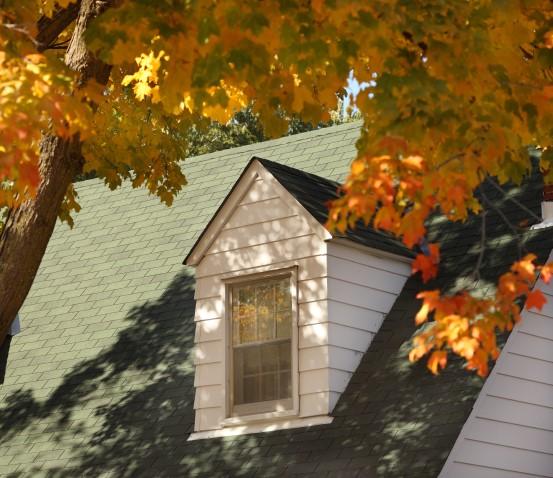Be Heat Wise
Home heating usually costs more than any other energy use in your home, accounting for 30% or more of your bill. There are lots of clever ways to keep your home warm and reduce how hard your heater has to work. Simple things, like closing the drapes at the right time, adding rugs, or heating only the rooms you need can save energy and money. And when you save energy, you help reduce climate and air pollution!
Your Impact
Action Steps & Tips
Introduction

Home heating usually costs more than any other energy use in your home, accounting for 30% or more of your bill.
Clever low- or no-cost tricks can lower your energy use in the winter and keep your home warm and comfortable! Simple things like drapes, rugs, and landscaping can save both energy and money.
By saving energy, you can also reduce climate and air pollution!
1Step 1. Use drapes or shades to keep your home warm
Up to 20% of your home's energy can be lost through your windows. Using drapes or shades is a low-cost and effective way to keep the heat in and keep your home warm.
First - Let the sunshine in! During the day when the sun is shining on the windows, keep drapes or shades open to let the sunshine warm your home.
Then keep the heat in. When the sun goes down or is no longer hitting the window, close your drapes or shades to keep the warm air in.
Choosing the right window covers: Shades: Insulated cellular shades also called “honeycomb” shades are the most effective at insulating windows and can save 10% in heating energy. Window quilts have a similar benefit. Roman or roller shades have only a small amount of insulation and don’t provide as much benefit.
Drapes & Curtains: Look for energy efficient rated drapes or curtains if possible, or look for mid to heavyweight drapes with a lining. Drapes should hang as close to the window as possible and fall onto the windowsill or floor for the best results.
Blinds: Blinds are not as effective at retaining heat as curtains or shades; however, they can be more effective and flexible in reducing heat in the summer. If your climate has more extreme heat than cold, blinds might work for you.
Adjust Awnings: Outside awnings can block the sun into your home. During the winter months retract or remove awnings, particularly on south-facing windows, to let the sunshine in.
Extra Credit - Plant a Tree: Deciduous trees have leaves in the summer, but drop them in the winter — ideal for providing sunlight to heat your home in the winter and shade for cooling in the summer. Plant deciduous trees near south or west-facing windows. Take credit on the Plant a Tree action!
2Step 2. Additional tips & tricks to Be Heat Wise
These additional tips and tricks can help you save even more energy and keep your house warm.
Make sure your heat is circulating. Check to make sure nothing is blocking your heating vents. Move furniture and drapes away from vents to allow the heat to circulate and to protect from potential fire hazards. You can also use a ceiling fan to help your heater circulate warm air. In the winter, set your ceiling fan to rotate in a clockwise direction to push warm air near the ceiling back down into the room. Remember to turn off the fan when you leave the room.
Avoid heating unused rooms. If you have rooms in your home that are not used often, such as a spare bedroom, try closing the door and blocking off the vent in that room. Some vents have a switch that closes the louvers, or use a magnetic vent cover which you can find in most hardware stores. Caution: never close off more than 25% of your vents—you could damage the heating system. Check your owner's manual for more information.
Add a rug! Cover cold bare floors with rugs or carpeting to insulate, especially in rooms with little or no floor insulation. If your floors are really cold, consider adding floor insulation. Check out the Insulate Floors & Walls action for more details.
If you have a fireplace, check your chimney. Chimneys can be a big area for heat loss. Close the flue when not in use to keep the cold air out and the hot air in. Be sure to check there are no embers before you close the flue. If you have retired your fireplace for good, install rigid insulation in the chimney to block heat loss around the damper.
Extra credit - Seal Air Leaks! Drafty windows and doors let heat escape too. Check out the Seal Air Leaks action.


